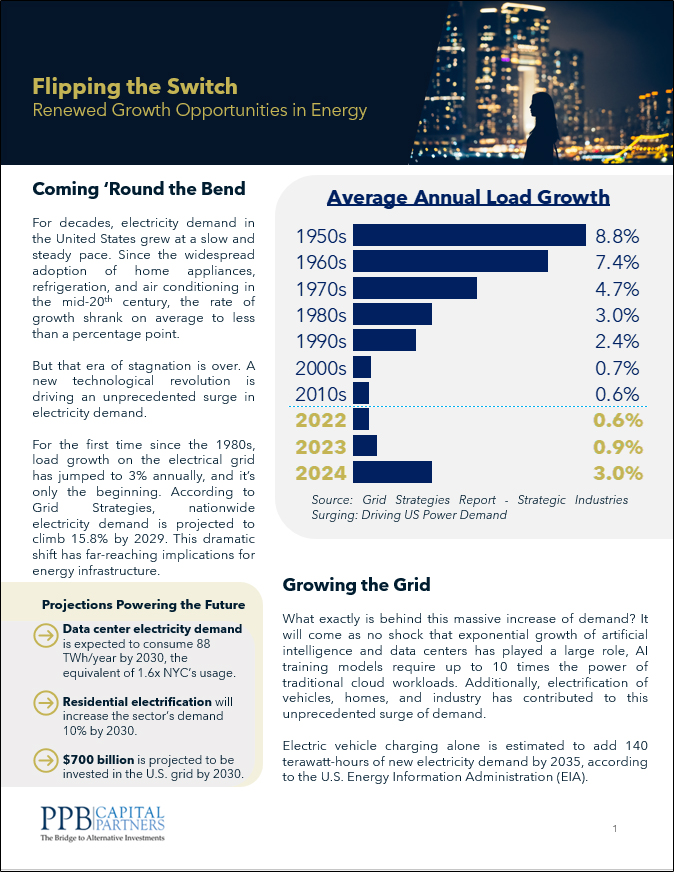
Opportunity Knocks, Part 2
May 7, 2019
A s expected, in mid-April, the IRS came out with more investor friendly terms in their second iteration of regulations to the Opportunity Zone (OZ) tax incentive program. Most of the clarifying language in the new proposals centered on language around operating businesses inside the OZs. As discussed in our previous piece, while the prior proposal addressed many of the questions around real estate investing, many questions were unanswered regarding investments in operating companies located in OZs. Investors have more clarity now on the requirements for both real estate and business investing in Opportunity Zones. The IRS wants to entice investments and the new language was very investor friendly, as indicated in some of the examples below.
s expected, in mid-April, the IRS came out with more investor friendly terms in their second iteration of regulations to the Opportunity Zone (OZ) tax incentive program. Most of the clarifying language in the new proposals centered on language around operating businesses inside the OZs. As discussed in our previous piece, while the prior proposal addressed many of the questions around real estate investing, many questions were unanswered regarding investments in operating companies located in OZs. Investors have more clarity now on the requirements for both real estate and business investing in Opportunity Zones. The IRS wants to entice investments and the new language was very investor friendly, as indicated in some of the examples below.
To start, the original legislation required an OZ asset to be held for ten years to take advantage of the full capital gain deferrals on the OZ investment. There was language that indicated it would be possible to sell assets and reinvest the sale proceeds that would be addressed in future regulations. We have clarification now that funds will be able to sell positions and keep the deferral in place so long as sale proceeds are redeployed into other OZ investments within twelve months. Proceeds must be kept in cash or cash equivalents during those twelve months. This will enable real estate development firms with the most experience developing and selling properties to keep to their competency without forcing them to become property managers during the ten-year holding requirement.
With regards to the language around operating businesses, one important change involves leased properties. Language was added to allow for leased properties to count so business could start up within an opportunity zone without having to purchase the underlying land. The leases must start after 12/31/17 and substantially all of the use of the property must be within the OZ for the lease term. In addition, there was new guidance around the requirement that 50% of gross income is generated within the OZ. These guidelines were also more investor friendly with numerous ways for operating companies to meet this requirement.
Finally, the new regulations allow investors to include debt as tax basis for partnership tax purposes. This formalizes a way for investors to recapitalize their investment and receive cash back without compromising any of the tax deferrals. This is a big benefit and a way for investors to realize some liquidity earlier in the life of the investment. The original legislation indicated that any investment in the OZs had a tax basis of zero but now partnership liabilities will increase the investor’s initial basis to greater than zero.
As a result of the recent IRS ruling, we expect commitments to pick up to OZ funds. To date, we have seen most of the activity happening in single purpose deals, as investors have been rightfully cautious about blind pool funds in the absence of full clarification regarding the regulations. To help mitigate some of the blind pool risk, the new regulations will also allow for ongoing projects within an OZ (but not completed/depreciated) to meet the OZ requirements of a qualifying deal. In addition, a property vacated for over five years will also count. The IRS wants investors/funds that are actively trying to improve the OZs as the true beneficiaries of the tax benefits and the new regulations should entice this development.
For more information on Opportunity Zones or any alternative investment strategy, please contact me.
Sincerely,
Frank Burke, CFA, CAIA
Chief Investment Strategist, PPB Capital Partners
484.278.4017 Ext. 108
April 2019 article from The New York Times on the latest update in Opportunity Zone regulations can be found here.



